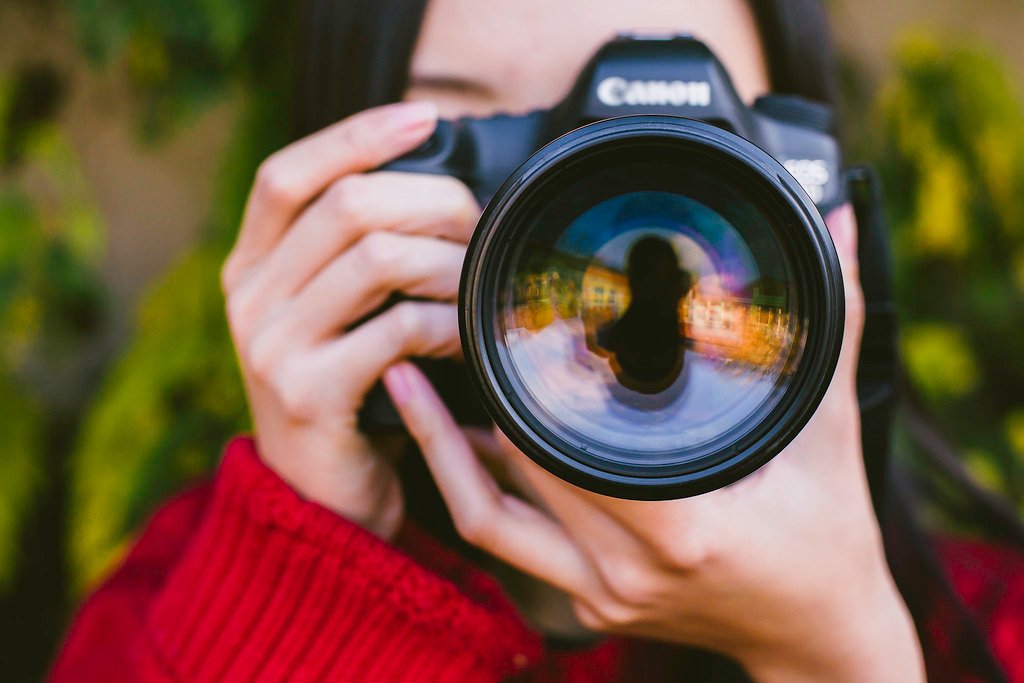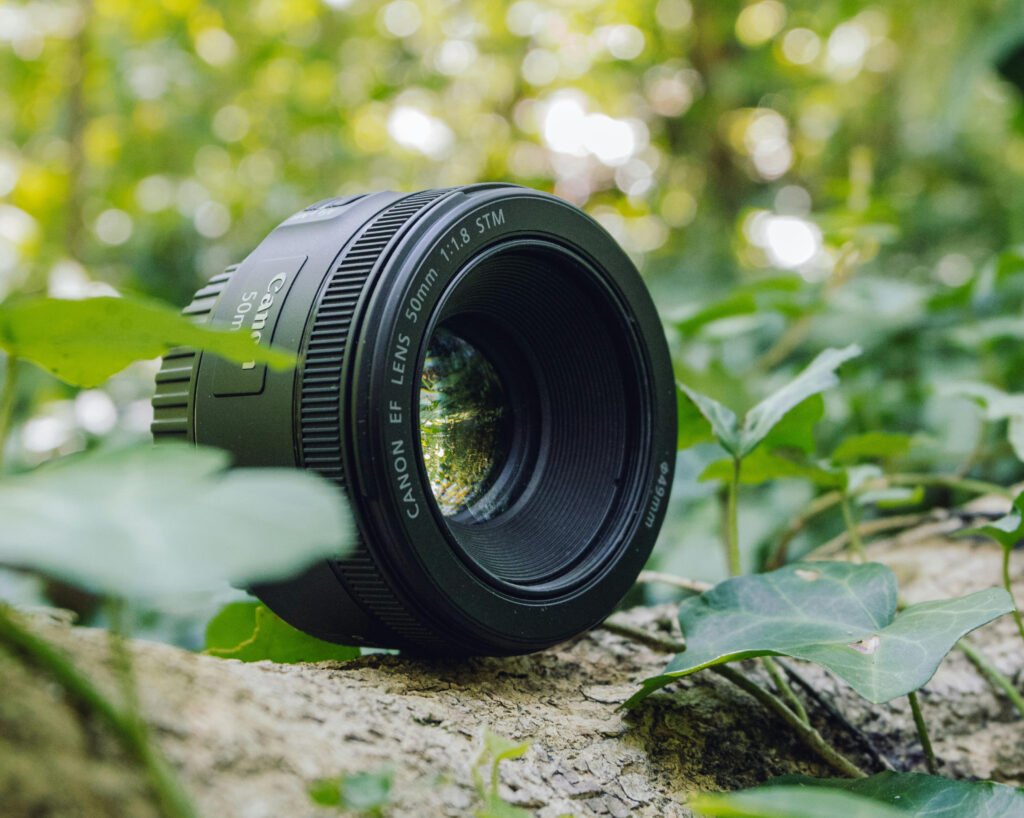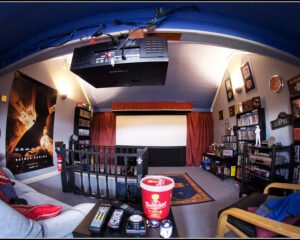When it comes to photography, choosing the right lens can make all the difference in capturing stunning, professional-quality images. With so many options available in the market, it’s important to understand what to consider when choosing a lens in 2025 to ensure you get the best fit for your camera and creative needs. Whether you are an aspiring photographer or a seasoned pro upgrading your gear, knowing what to consider when choosing a lens in 2025 will help you navigate the complex landscape of modern optics and technology.
In 2025, lenses are more advanced than ever, featuring improved autofocus systems, superior image stabilization, and specialized coatings that enhance clarity and reduce glare. These innovations have made lens selection more nuanced, which is why understanding what to consider when choosing a lens in 2025 is critical to making an informed purchase. From focal length and aperture to build quality and price, each factor impacts your photography results. This guide will walk you through the most essential aspects of lens selection, helping you make confident decisions and elevate your photography game.
If you want to know exactly what to consider when choosing a lens in 2025, keep reading to discover the key features and tips that will lead you to the perfect lens for your needs.
1. Camera Compatibility and Mount Type
One of the first things to look at when thinking about what to consider when choosing a lens in 2025 is camera compatibility. Lens mounts are brand-specific, and even within brands, not all mounts are compatible across camera types.
- Canon users must distinguish between EF, EF-S, and RF mounts.
- Sony users work primarily with the E-mount for mirrorless systems.
- Nikon has shifted its attention to the Z-mount for full-frame and APS-C mirrorless bodies.
Make sure the lens you’re considering matches your camera body or can be adapted without losing essential functionality like autofocus or stabilization.
2. Focal Length Based on Your Shooting Style
When exploring what to consider when choosing a lens in 2025, focal length is one of the defining characteristics. Here’s how it breaks down:
- Wide-angle (10–35mm): Great for landscapes, real estate, and vlogs.
- Standard (35–70mm): Ideal for portraits and general use.
- Telephoto (70–200mm and beyond): Perfect for wildlife, sports, and concerts.
- Macro (90–105mm): Designed for extreme close-ups and product photography.
Choose your focal length based on your primary shooting goals. Prime lenses offer superior optical quality, while zoom lenses provide versatility.
3. Aperture Size for Low Light and Bokeh
Aperture plays a huge role in exposure, depth of field, and image aesthetics. One of the biggest factors in what to consider when choosing a lens in 2025 is whether you need a fast lens (wide aperture like f/1.2 or f/1.4) or one with a variable aperture (like f/4–5.6).
- Wider apertures (f/1.2 to f/2.8): Great for low-light conditions and achieving creamy bokeh.
- Narrow apertures (f/4 to f/8): Often found in kit lenses and more affordable zoom options.
Fast lenses tend to be more expensive, but the quality and creative control they offer can be worth the investment.
4. Autofocus Speed and Accuracy
In 2025, autofocus systems have reached impressive levels of sophistication, thanks to AI tracking and enhanced motor technologies. If speed and precision matter—say, in wildlife or sports photography—then focus performance becomes a key element of what to consider when choosing a lens in 2025.
Look for features like:
- Linear or stepping motors (STM): Fast and quiet, ideal for video.
- AI subject tracking support: Compatible with your camera’s deep learning features.
- Low-light AF capabilities: Especially important for event photographers.
5. Image Stabilization (IS/VR/OSS)
Lens-based stabilization is critical for handheld photography, especially at slower shutter speeds. When thinking about what to consider when choosing a lens in 2025, you should check whether the lens offers built-in optical image stabilization and how well it pairs with in-body stabilization (IBIS).
- In-lens IS works best for telephoto and macro lenses.
- Combined IS systems (in-body + in-lens) give you up to 7–8 stops of shake reduction.
This is a major benefit for vloggers, handheld shooters, and anyone working in low-light conditions.
6. Build Quality and Weather Sealing
Durability is another factor you cannot overlook in what to consider when choosing a lens in 2025. Professional lenses often feature:
- Metal construction for added toughness.
- Weather sealing to resist dust, moisture, and temperature shifts.
- Fluorine coatings on glass elements to repel oil and water.
Travel photographers and outdoor shooters especially benefit from rugged lens designs.

7. Price vs. Performance
Let’s be honest: budget matters. Some of the best lenses in 2025 cost thousands of dollars, but many third-party manufacturers like Sigma, Tamron, and Viltrox offer high-performing lenses at a more affordable price point. When weighing what to consider when choosing a lens in 2025, always evaluate whether the lens offers value for your type of work.
8. Future-Proofing and Tech Features
Lenses are a long-term investment. In 2025, some newer lenses come with firmware upgradeability, customizable buttons, OLED info displays, and more. These features might not be essential now but could be game-changers as technology advances.
Final Thoughts: What to Consider When Choosing a Lens in 2025
Choosing the perfect lens can seem overwhelming, but knowing what to consider when choosing a lens in 2025 simplifies the process. From ensuring camera compatibility and selecting the right focal length to prioritizing aperture size and autofocus capabilities, every factor plays a vital role in achieving outstanding photography results. Don’t forget to weigh the benefits of image stabilization, build quality, and your budget to make a well-rounded decision.
As technology advances rapidly, lenses in 2025 offer incredible features that can elevate your creative work—if you pick the right one tailored to your specific needs. Remember, the best lens is not necessarily the most expensive but the one that aligns perfectly with your style, camera system, and shooting scenarios.
Keep these key points in mind, and you’ll be well-equipped to make a smart choice when investing in your next lens.
For more expert reviews, detailed buying guides, and the latest in camera technology, visit GadgetSyte.com—your ultimate destination for camera gear insights in 2025.







